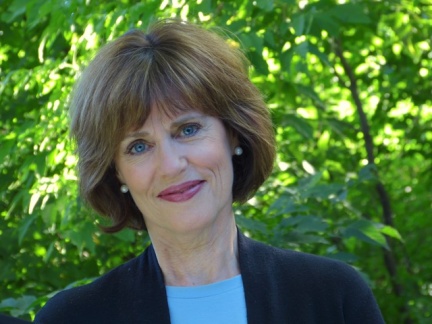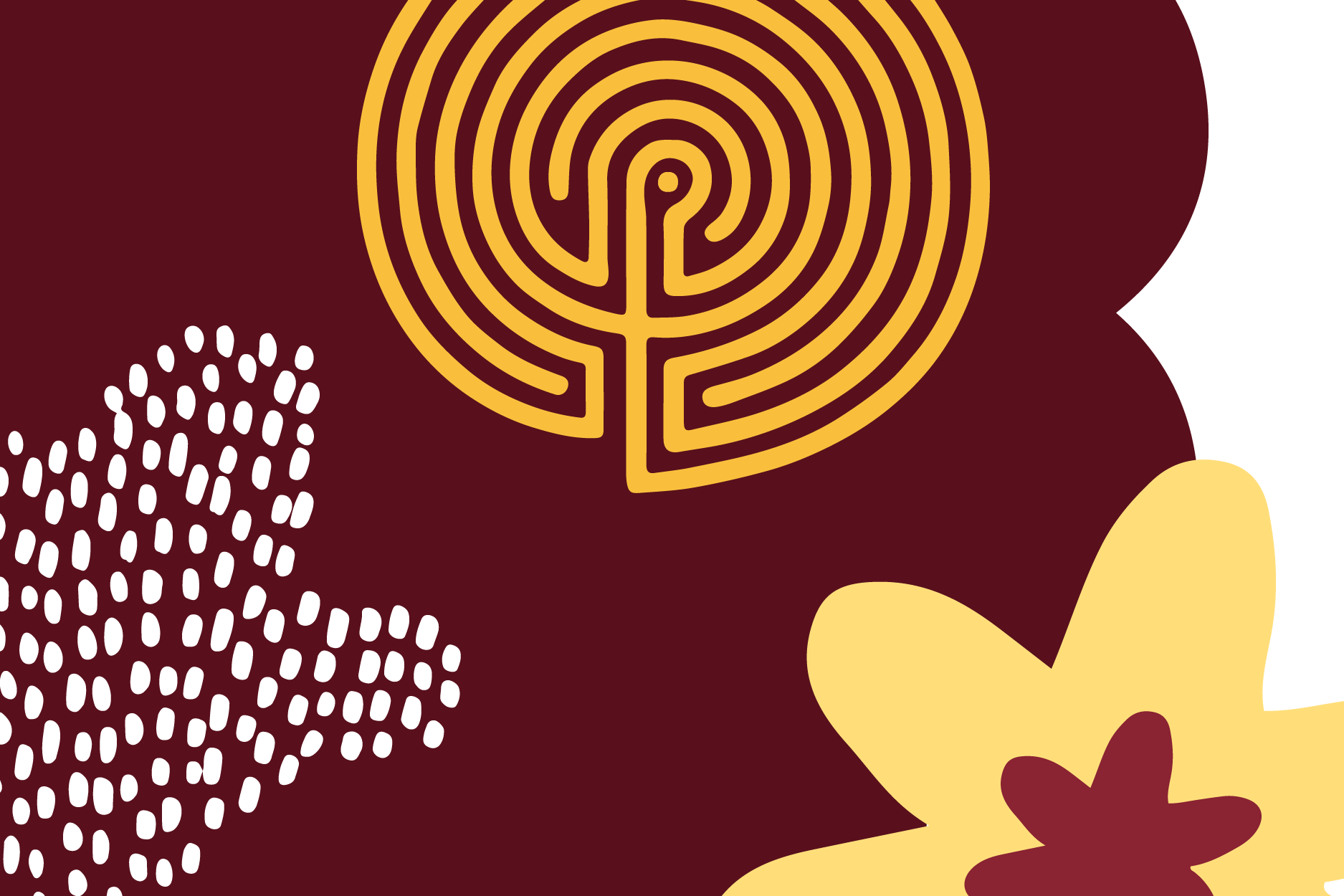CSH Mindfulness Newsletter – 18th Issue, Mindfulness at Work
Mindfulness at Work: focus on mindful relationships, with self and others
May 1, 2021
Mariann Johnson
A friend recently told me she felt she used to leave her mindfulness practice at the door as she entered her work building, but the challenges of the past year have taught her otherwise. She realized her mindful awareness was always there, and in fact she’d been leaning on it all along for internal support; like a sailboat’s rudder, often guiding her through challenging waters. It was a great relief for her to acknowledge this. She said it made her feel more whole and authentic, and it gave her the confidence to more intentionally allow her mindful awareness to guide her actions and relationships at work.
Just as my friend did, let’s all honor the many and varied ways that our mindfulness practice helps to sustain and inspire us at work, individually and as contributors to the wellbeing of others. Maybe this year your mindful awareness allowed you to reflect more deeply on what it means to feel safe or unsafe, respected or disrespected, included or excluded. From this more expansive personal and social awareness, maybe you were motivated to learn more, to see your biases, and to grow in understanding. You may have reached out to team members or others who were experiencing isolation and/or increased levels of stress and exhaustion. Or, maybe you asked for support or took other courageous steps when you felt excluded or unsafe, or actively intervened when you witnessed dismissive behaviors or a lack of mutual respect. Perhaps by more authentically and mindfully showing up, you simply but powerfully gave yourself and others the gift of your full and receptive presence. However your mindfulness practice has shown up for you at work this year, take the time to humbly honor its merits and benefits, without judging its form, size, or the frequency of its visits.
This month let’s also set new intentions to allow our mindful awareness to increasingly guide our actions and relationships at work. The following are a few tips and reminders. As you enter your workspace each day, may they inspire you to more intentionally welcome and partner with the ever-present wisdom of your mindful awareness.
Tips to Mindfully Guide Your Actions and Relationships at Work:
1) Create space to more mindfully connect with yourself and your deepest intentions.
- Accept what you can change and let go of the rest. Instead, choose to mindfully focus your attention and resources in areas that you can impact and influence. This does not mean accepting or tolerating any injustice or mistreatment of any kind. In fact, it may mean mindfully committing to advocate for what’s most important, in alignment with your deepest principles and values, at work and in your larger community.
- Befriend and care for your stress reactivity. Practice the basics of good self-leadership and self-care: make sure you are getting enough sleep, eat well, exercise when you can, and manage your stress. Get to know your personal stress-triggers and signals in your body. Learn to listen and attend to them, as you might a friend or a coworker going through a rough patch. Research has consistently demonstrated that a regular mindfulness practice can help reduce the impact of stress on our minds and hearts, while enhancing overall wellbeing. Consider recommitting to a regular meditation practice or seek out the support of a meditation practice group or a mindfulness class. Learn more about stress management and resources, including mindfulness meditation.
- Take “purposeful pauses.” Janice Marturano, a former General Mills executive and author of the award-winning book, Finding the Space to Lead: A Practical Guide to Mindful Leadership, suggests that leaders and others take several mindful, in-the-moment pauses throughout their workday. No special equipment or calendar appointment is required. Simply pausing and focusing your attention on your breath (and/or other body sensations) can serve as powerful tool for compassionately coming to the present moment, and moving out of reactivity and our auto-pilot tendencies.
- Be a single-tasker. Multi-tasking is a myth. Scientists tell us that our brains are unable to focus effectively on more than one thing at a time. Yet, when timelines become tighter and we feel the crunch, many of us will revert to thinking we can outsmart our brains. Instead, take a purposeful pause and remember to put your busy mind at ease: single tasking is proven to help you get tasks done quicker and at a higher quality than trying to do multiple things at once.
2) Create space to more mindfully share and connect with others.
- Cultivate social awareness and practice mindful listening and speech. Commit to enhancing team member relationships and help to create zones of psychological safety in your workplace. Plant an intention to move from transactional communications at work to communications that connect and build relationships. Cultivate mindful social awareness and empathy, and practice mindful communication. Communication Tips for Healthy Relationships, at Work and at Home.
- Ask others, “How are you?” more frequently. With authentic caring and compassion, privately ask a coworker who you suspect may be having a hard time how they are doing. Listen deeply. Let them know you care. It’s been a stressful year for all of us. Also, don’t forget to occasionally and compassionately also ask yourself, “How am I doing?”
- Carve out time for team “wellbeing moments.” Set aside some time for “wellbeing moments” or transition time at the start of team meetings, so that people can transition from their last activity and arrive, more fully present. For some teams, this may mean inviting team members to volunteer to take turns at the start of the meeting to read a reflective poem or an inspiring quote, or maybe listen together to a short, guided mindfulness meditation, allowing participants a few moments to refocus and rejuvenate. For other teams, a “wellbeing moment” may just mean inviting everyone to take a couple of full, deep breaths as they settle into the meeting, and before they embark on the task at hand.
- Turn off to tune in. Invite participants - or make it a meeting guideline/expectation (even online!) - to turn off their phones and any other unnecessary electronic devices or notifications, so that everyone might fully engage in the meeting and with one another.
3) Regularly check in as a team: “How are you doing?” and “How are we doing?”
Take a few minutes at regular team gatherings or meetings to invite team members to briefly check-in and respond to: “How are you doing?” or “What’s new with you?” Create space to build relationships and trust as you also work to achieve results. Don’t forget to occasionally add, “How are we doing, collectively, as a team?” Support open team communication and diverse perspectives, and work together to identify necessary course corrections. We all play a role in contributing to our team’s wellbeing, regardless of our position, rank or authority; never underestimate the powerful ripple effect your mindful intention and presence can have on others.



